From June 11 through Sept. 21, 2025, the Capitoline Museums will host an exhibition titled A Polish Queen on the Capitoline Hill: Maria Casimira and the Sobieski Royal Family in Rome, the first stage of a new exhibition called Capitoline Hill Crossroads of Cultures. The series of exhibitions, curated by the Capitoline Superintendency, aims to recount characters, peoples and international events linked to the symbolic Capitoline hill, the fulcrum of Roman history. The exhibition, hosted in the rooms on the third floor of Palazzo Caffarelli, is promoted by Roma Capitale, Assessorato alla Cultura and Sovrintendenza Capitolina, under the patronage of the Embassy of Poland, the Polish Institute in Rome and the Polish Academy of Sciences in Rome.
Produced in collaboration with the University of Warsaw and its Chair of Archaeology, it has as partners the National Institute of Polish Cultural Heritage Abroad Polonika and the Jan III Sobieski Royal Palace Museum in Wilanów. The scientific curation is by Francesca Ceci, Jerzy Miziołek and Francesca De Caprio, while the organization is by Zètema Progetto Cultura. The catalog is published by l’Erma di Bretschneider, with the contribution of the Chair of Archaeology, University of Warsaw.
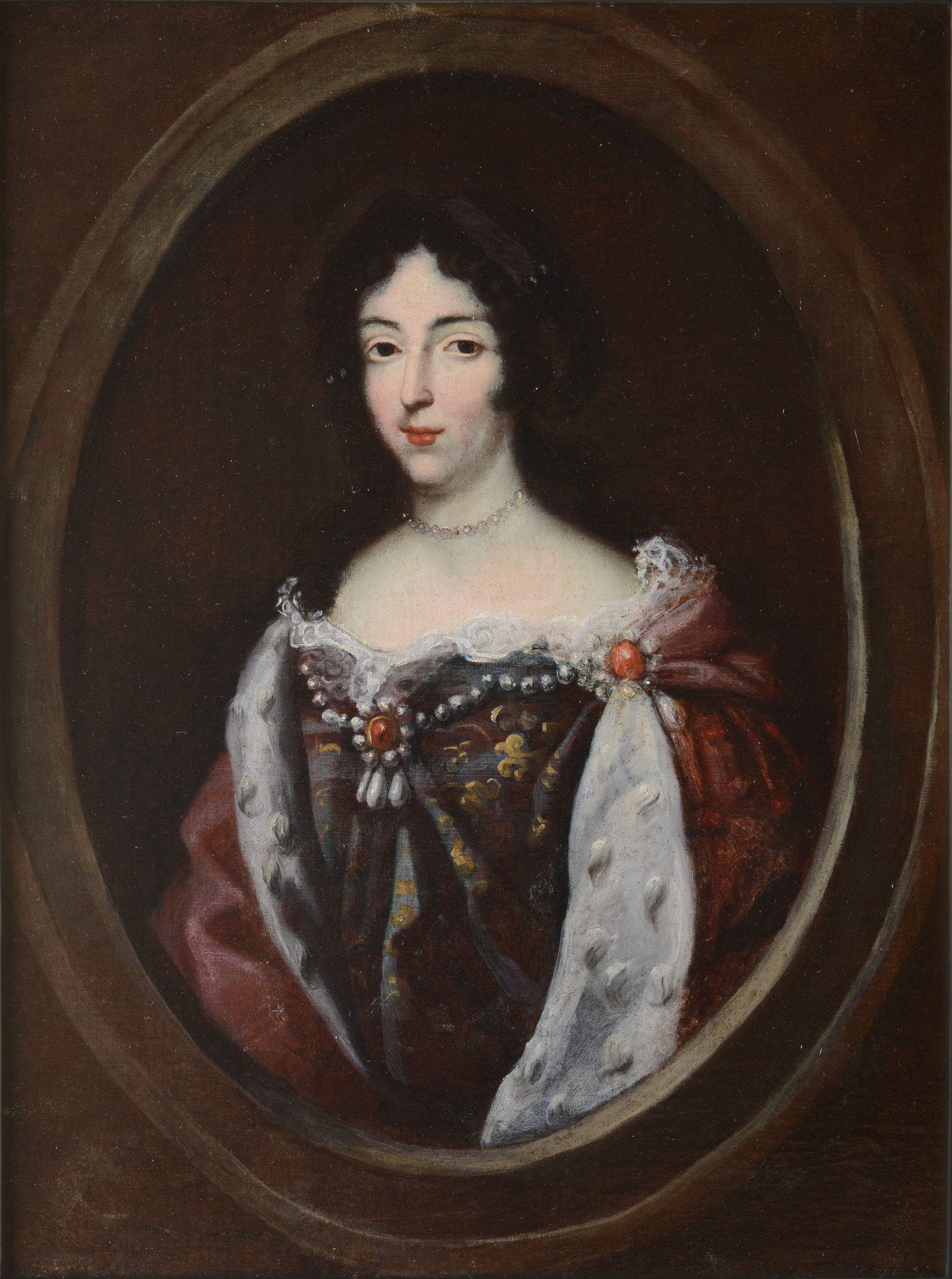
The exhibition focuses on the figure of Maria Casimira de la Grange d’Arquien (Nevers, 1641 - Blois, 1716), the widowed queen of Poland, and her family, the Polish court that lived in the Italian capital for nearly fifteen years, beginning in the 1700s. Originally from France, Maria Casimira, wife of John III Sobieski, known for her victory over the Ottoman advance in Vienna in 1683, moved to Rome after her husband’s death to avoid the turmoil of succession to the Polish throne. Received with great honors by the pope and the Roman nobility, the queen exerted influence on the city’s cultural life, becoming a member of the Accademia dell’Arcadia and supporting musical and theatrical events at her residence of Palazzetto Zuccari in Piazza Trinità dei Monti. In addition to Maria Casimira, the exhibition devotes attention to her niece Maria Clementina Sobieska, wife of England’s pretender to the throne James III Stuart.
The couple spent their Roman exile under papal protection, actively participating in the cultural life of the city. Their presence left widespread monumental traces in many Roman churches, palaces and museums, creating a true “sobiescian” itinerary. These include the funerary monument of Prince Alexander Sobieski in the Church of the Capuchins on Via Veneto, the cenotaph of Maria Clementina in the Vatican Basilica and her marble urn preserved in the Basilica of the Holy Apostles. In the Church of Santa Maria degli Angeli e dei Martiri are two metal plaques dedicated to the Battle of Vienna in 1683, while the Church of San Luigi dei Francesi houses the funerary monument of Cardinal Henri de la Grange d’Arquien, father of Maria Casimira. Trinità dei Monti Square also features the little portico erected by the queen and decorated with the Polish coat of arms.
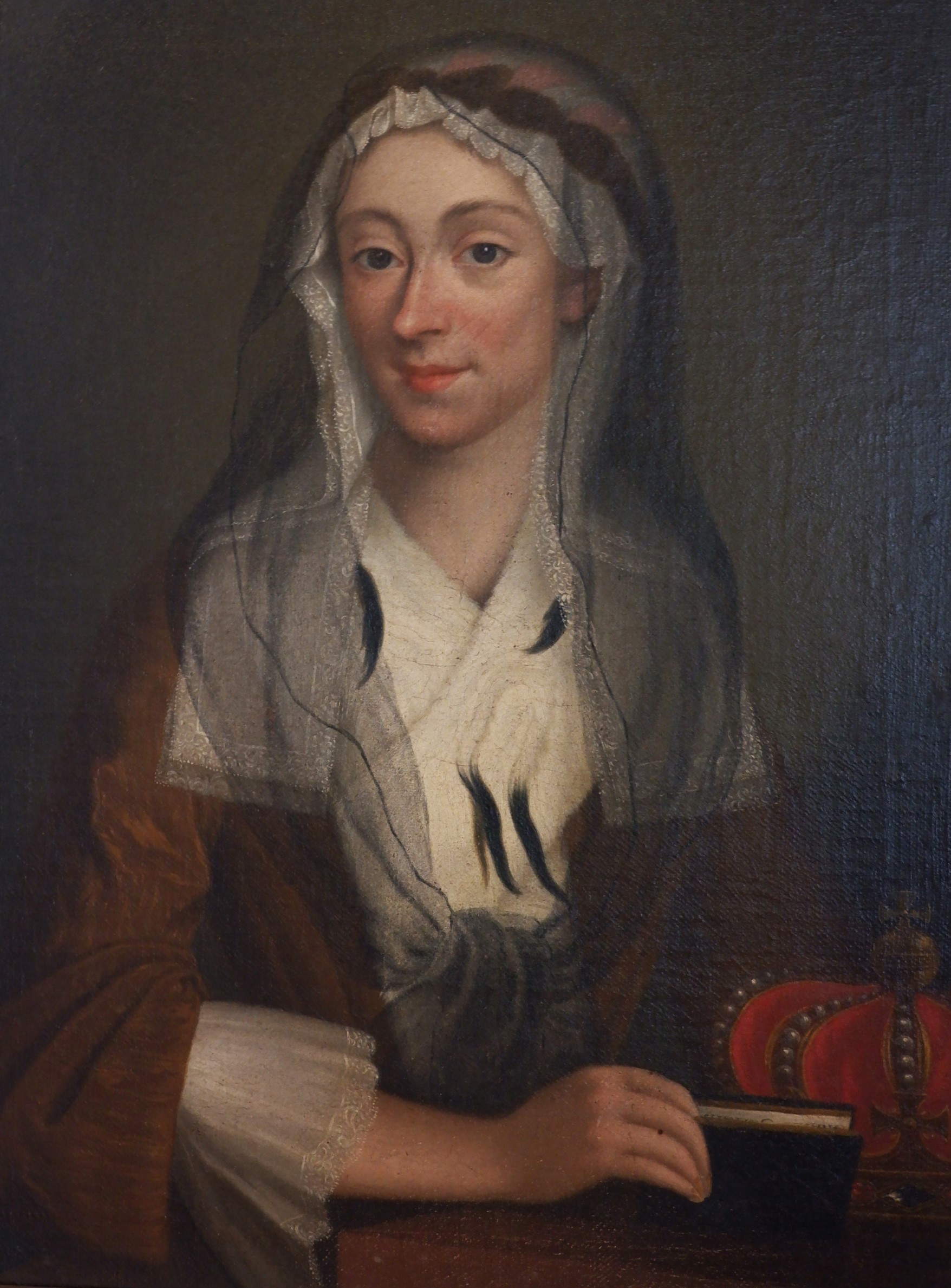
The exhibition itinerary presents about sixty works including paintings, prints, volumes, sculptures, epigraphs and a bust of Hussar armor, some of which are being exhibited for the first time, accompanied by a video presentation and a display case with volumes in Italian dedicated to the Sobieski family in Rome. The tour is divided into five thematic sections: an introductory first part presents the protagonists; the second recounts the life and death of the Sobieskis in Rome with works illustrating Roman funeral celebrations dedicated to John III and Alexander; the third is devoted to Maria Casimira’s artistic and cultural engagement, with references to theArcadia Academy and its theater; the fourth focuses on Maria Clementina Sobieska Stuart and her cultural activities; and finally, the fifth illustrates the glorification of John III as the hero of the Battle of Vienna through works from Rome and Poland.
The exhibition is enriched by two additional rooms in the Capitoline Museums: in Palazzo Caffarelli, the Castellani III room houses a monumental marble epigraph with a portrait of Maria Casimira by sculptor Lorenzo Ottoni, celebrating her official reception ceremony in the Capitol in 1700, alongside the epigraph dedicated to Queen Christina of Sweden, the ceremonial model for Maria Casimira’s reception. At the Palazzo Nuovo, at the beginning of the Gallery, a marble panel commemorates Pope Innocent XI and the role of John III Sobieski in the Holy League that liberated Vienna from the Ottomans.
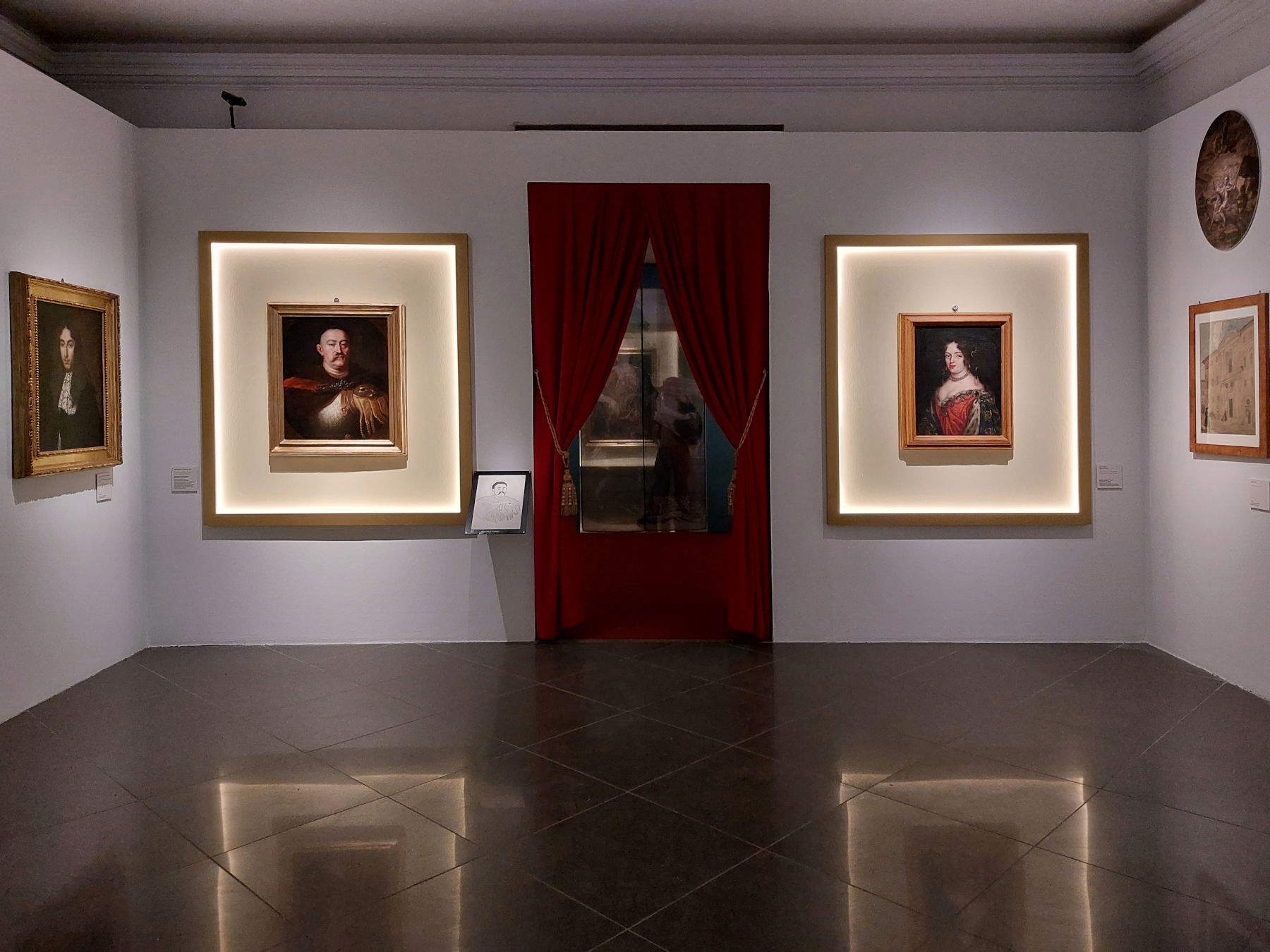
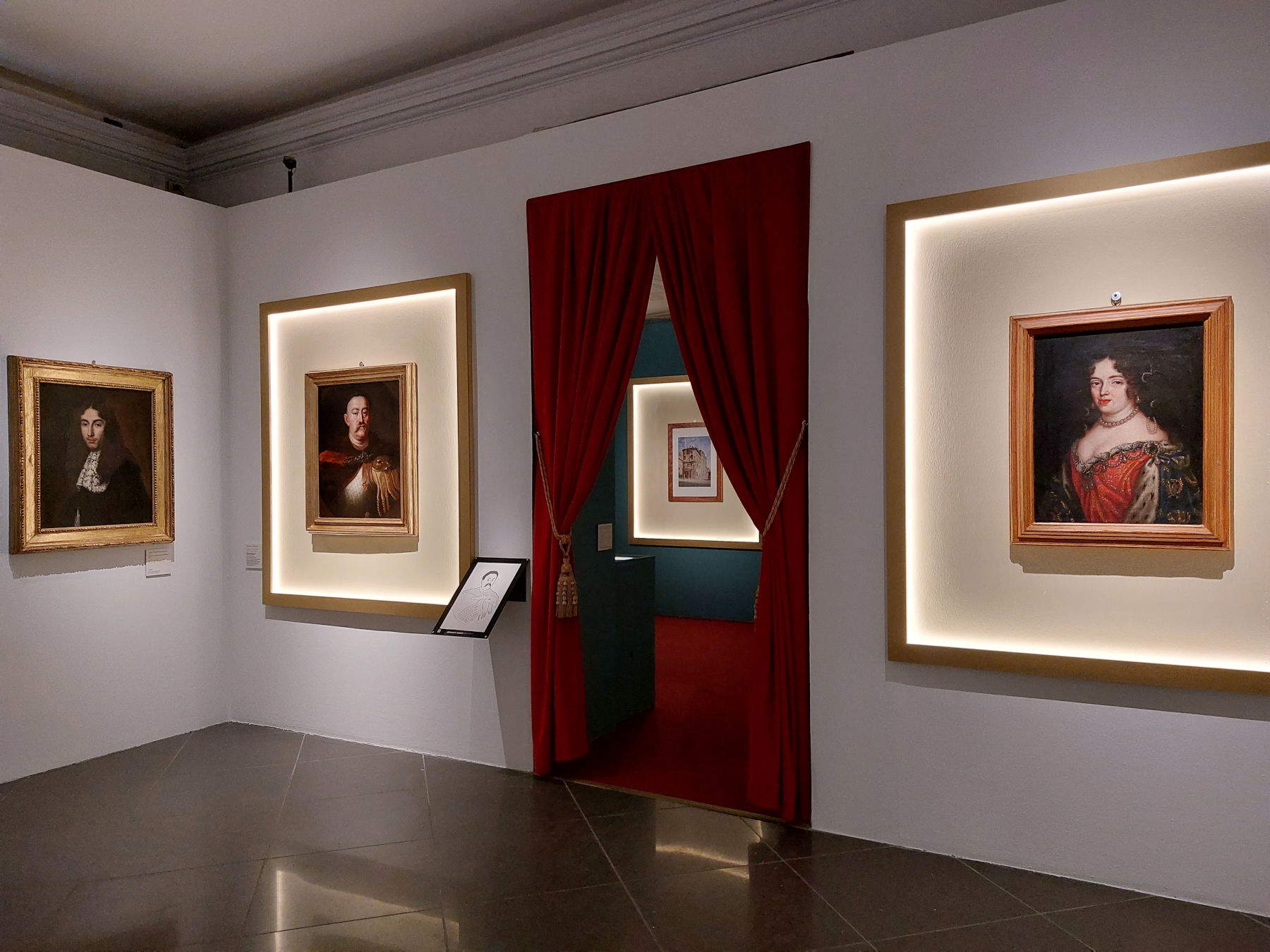
The exhibition project also aims to enhance the many Roman testimonies of the Sobieski family in the collections of the Capitoline Superintendence, including prints, letters and documents from the Capitoline Historical Archives, as well as prestigious loans from Rome and abroad. Prominent among the Roman loans are four portraits from the Hospice of the Church of St. Stanislaus of the Poles, a portrait of Maria Clementina in devout dress from the Dominican College of St. Clement, a painting with a Roman panorama by John Newbott from the Hertziana Library, and autograph letters from the Casanatense Library. From Polish loans, thanks to collaboration with the University of Warsaw, come important works including paintings from the Royal Castle in Warsaw and prints from the Warsaw University Library. A bust in Hussar cavalry armor, kept at the Dom Polska dedicated to John Paul II, completes the itinerary.
Not only visual art: in the section dedicated to Maria Clementina, eighteenth-century musical excerpts from operatic dramas dedicated to her are played by the Baroque ensemble Giardino diDelizie with musical advice from experts, allowing visitors to hear melodies originating at the time. The exhibition is designed to be accessible to a wide audience, with tactile reproductions of three works depicting John III Sobieski, Maria Casimira and Maria Clementina. Complementing the exhibition, a comprehensive program of side events features symposia, concerts, lectures and guided tours, supported by the Polish Embassy, the Polish Institute in Rome and the Polish Academy of Sciences. These include an exhibition dedicated to the contemporary imagery of the Sobieski family and the Sobieska International Music Festival 2025, which intends to re-enact the music of the historical period covered by the exhibition.
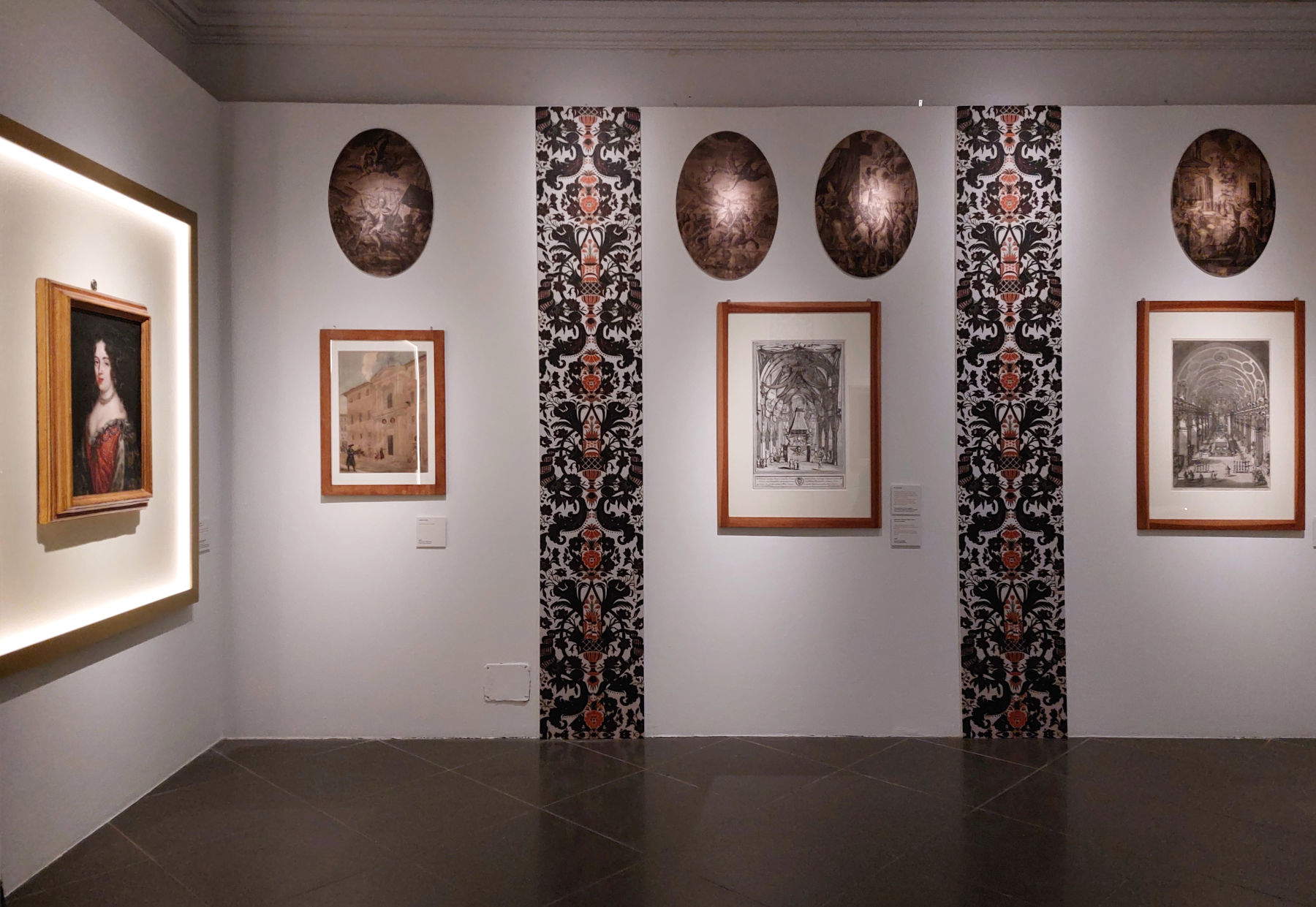
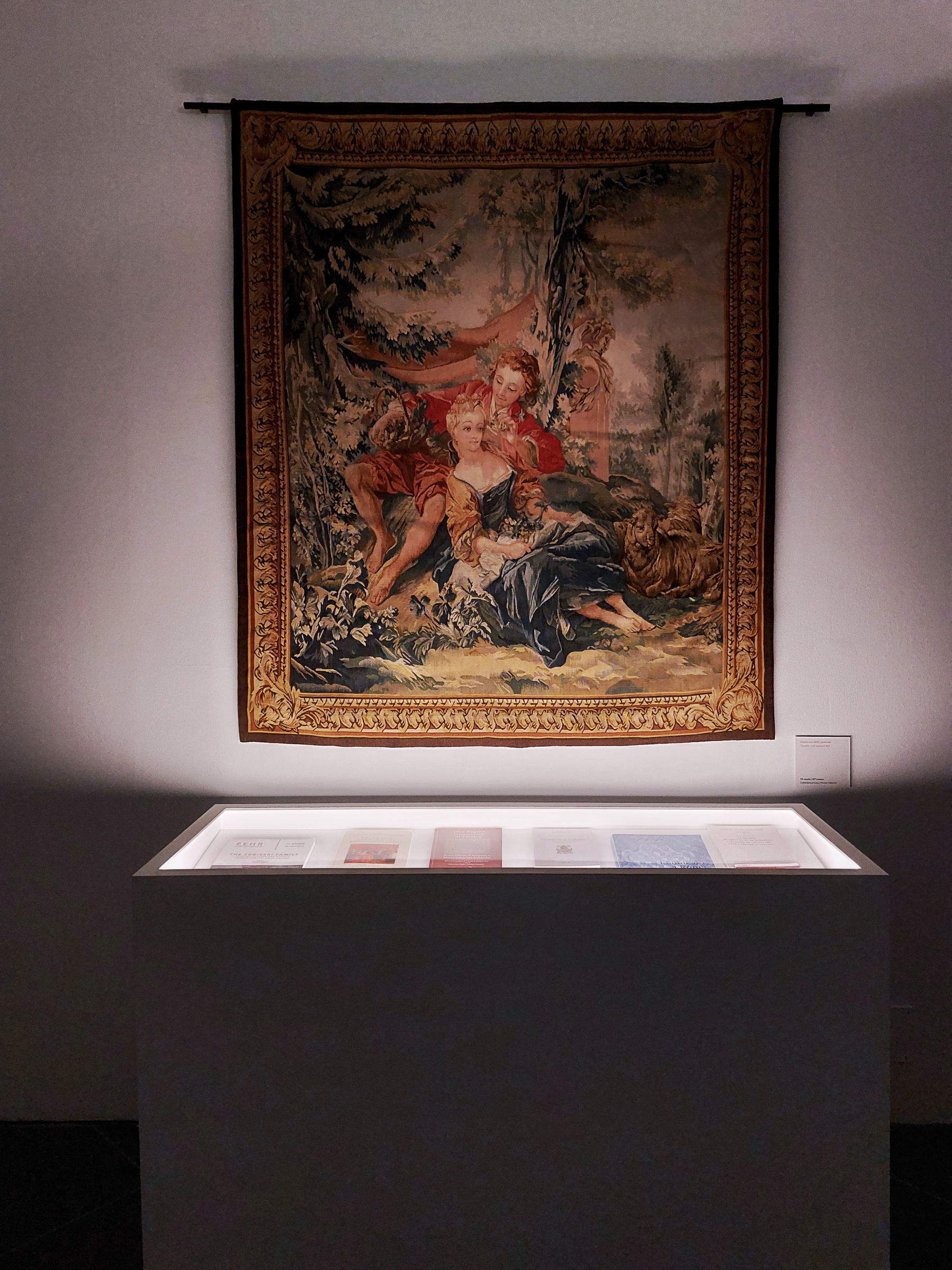
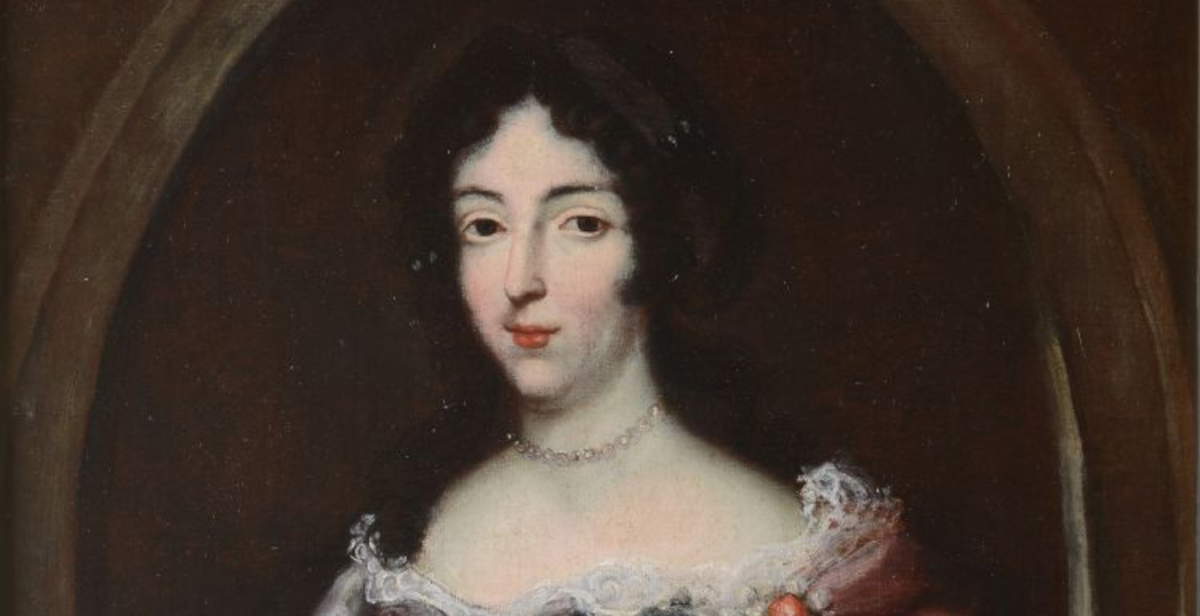 |
| A Polish Queen on the Capitol: Maria Casimira and the Sobieskis in Rome since the 1700s |
Warning: the translation into English of the original Italian article was created using automatic tools. We undertake to review all articles, but we do not guarantee the total absence of inaccuracies in the translation due to the program. You can find the original by clicking on the ITA button. If you find any mistake,please contact us.